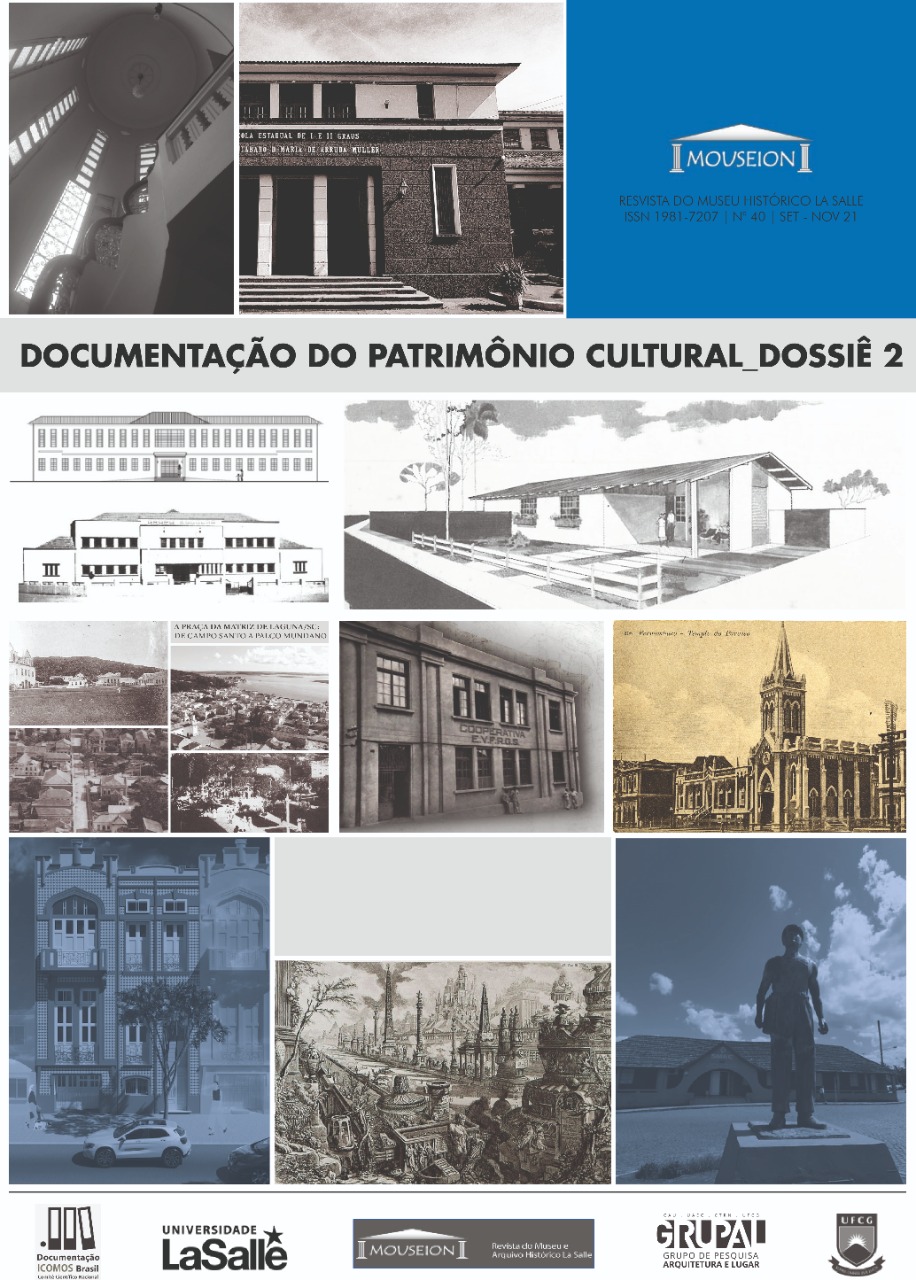Coffee architecture in the grape’s land: farm “Nossa Senhora da Conceição”, in Jundiai (state of São Paulo, Brazil)
DOI:
https://doi.org/10.18316/mouseion.v0i40.9372Keywords:
Heritage, memory, immigration, coffee growing, viticulture, historyAbstract
Until its arrival in the land of the grape, coffee traveled a long trajectory from Ethiopia to the “mouth of the hinterland”, the centenary nickname of the city of Jundiai. The city was consolidated by its subsistence crops, and this characteristic did not allow large monoculture land properties to be established for a long time, resulting in its territorial dismemberment, and consequent loss of population, for cities such as Campinas and Mogi-Mirim. During this period, in which sugar cane crops are declining, Jundiai is no exception and timidly begins coffee production. The grape will only arrive with Italian immigration. From sugar cane production, to planting coffee and then to planting grapes, the story portrays the presence of the workforce of persecuted indians, later black slaves, and finally, the arrival of European immigrants with an emphasis on Italian immigration. The Nossa Senhora da Conceição farm was the scene of a great sequence of historical facts, setting this time of evolution for the people of Jundiai. This article rescues this succession of facts, establishing relationships that allow a reflection of this past time and its consequences for the present.
Downloads
Published
Issue
Section
License
Authors must submit their manuscripts to be published in this journal agree with the following terms:
Authors maintain the copy rights and concede to the journal the right of first publication, with the paper simultaneously licensed under the License Creative Commons attribution that permits the sharing of the paper with recognition of authorship and initial publication in this journal.
Since the articles are presented in this journal of public access, they are of free use, with their own attributions for educational and non-commercial purposes.


